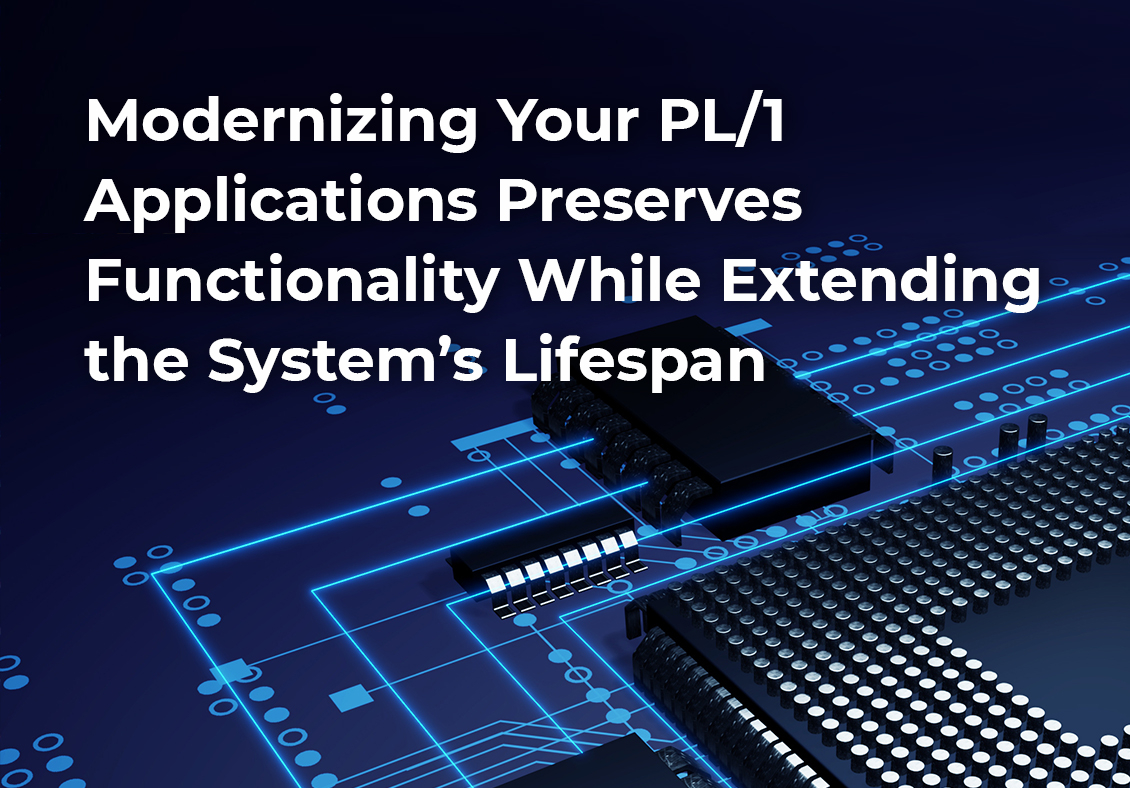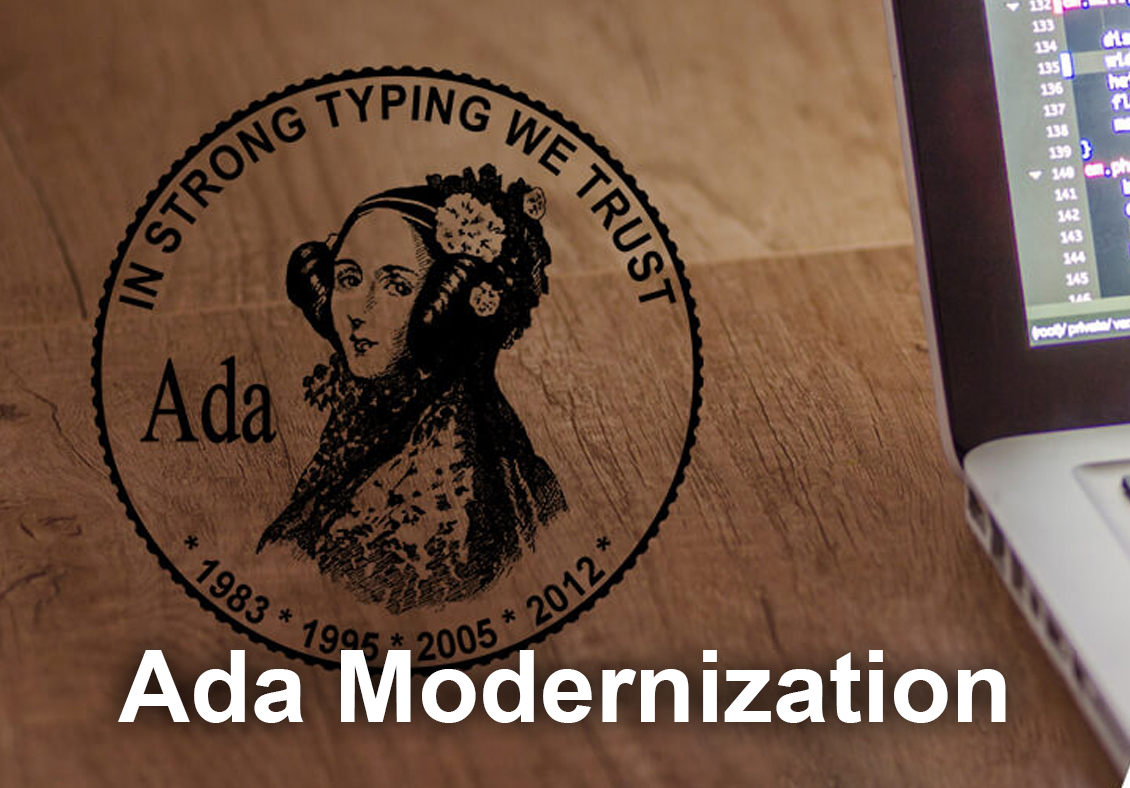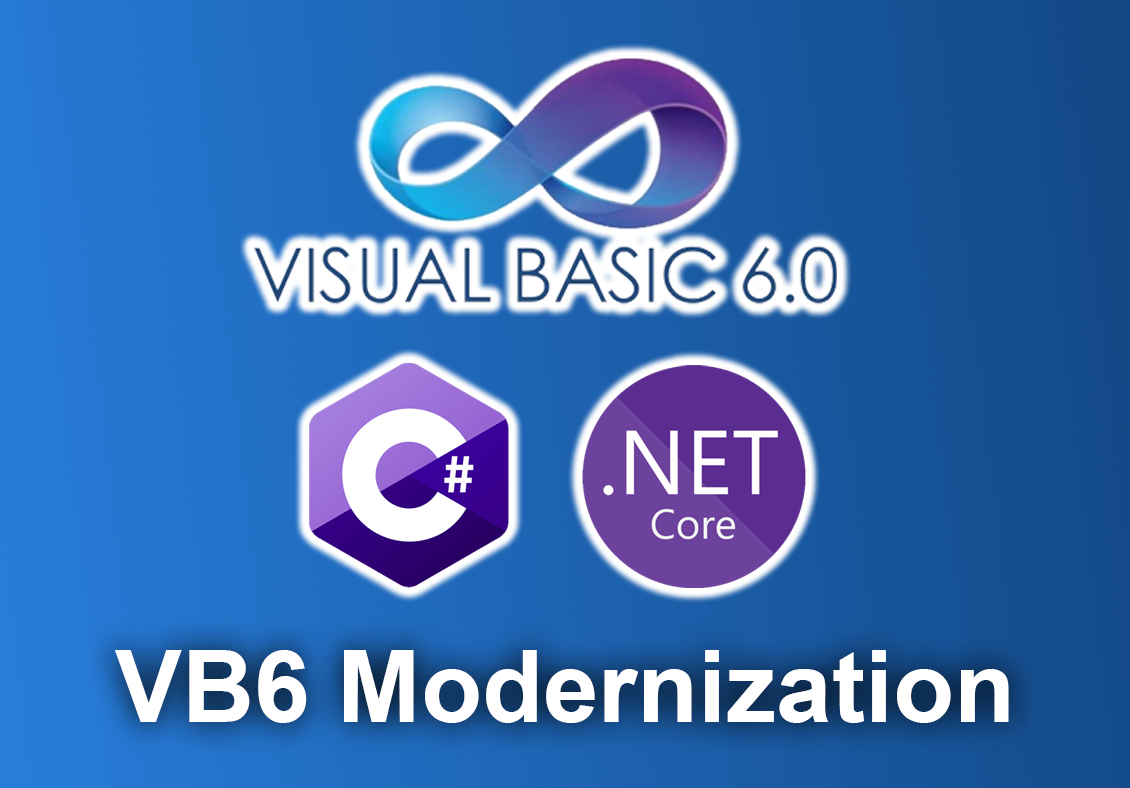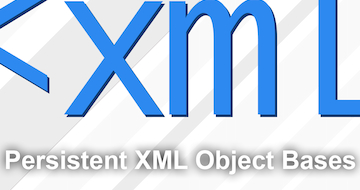PL/1 - Life in COBOL's Shadow
When IBM developed the framework for its PL/1 computing language in the 1960s, the committee of business and scientific programmers that developed the parameters for the language could not have foreseen today’s modern technologies of a phone in every pocket and digital access to anyone on the planet via the internet. They also may have hoped for, but likely did not foresee, how a mainframe language and architecture that survived 60 years would still be in use today.

Though PL/1 never reached the level of popularity of its COBOL competitor, it was still used on multiple government, corporate and defense mainframe systems throughout the years. It is, by many accounts, a very stable and reliable language—it even had more features in some areas than COBOL! However, programmers and organizations had little business or technical incentive to adopt the language. Today, having lived for so long in the shadow of COBOL and Fortran, finding programmers with PL/1 experience has become harder each year making it increasingly difficult to maintain any remaining mainframe applications. Those challenges have made PL/1 a desirable candidate to transform into a modern language like C++, C#, or Java.
Modernizing PL/1 - Success is in the Details
When it comes to automated modernization and refactoring, a successful outcome lies in the details. For example, TSRI engineers spend a lot of time prior to transforming any code understanding how a step-wise process could allow a critical system to operate continuously without any disruption or data loss. Going step-wise means that some components of the system such as the login function or other application program interfaces can be modernized, tested, and, if necessary, reverted to the original application without any impact on the rest of the application or the end user. Because an automated modernization creates a like-for-like replica of the functionality in the target language—in this case C# in a Windows environment—the successful migration of each step means that subsequent transformations will be easier because the automated transformation engine continues to learn and adjust.
Following the transformation of PL/1 to the modern computing environment, an automated, iterative refactoring process can find redundant, dead, or unused code and remediate while making the entire codebase more efficient. PL/1 was designed to facilitate programming using human-readable logic so automated refactoring can also reduce code overhead significantly. Furthermore, the transformation from the monolithic environment of early mainframe languages to a multi-tier environment separates the programming from the data and the user interface enabling further functional development while preventing system disruption.
PL/1 is not unique in how the architectures that run this legacy language can be modernized but given the age of the language and lack of business or programmer support, undergoing an automated modernization may be the best way to transform PL/1 applications to modern languages and architectures.
-----
TSRI is Here for You
As a leading provider of software modernization services, TSRI enables technology readiness for the cloud and other modern architecture environments. We bring software applications into the future quickly, accurately, and efficiently with low risk and minimal business disruption, accomplishing in months what would otherwise take years.
Get started on your modernization journey today!






